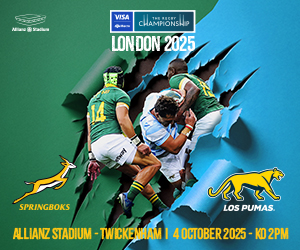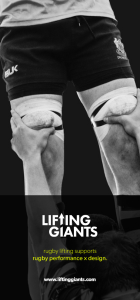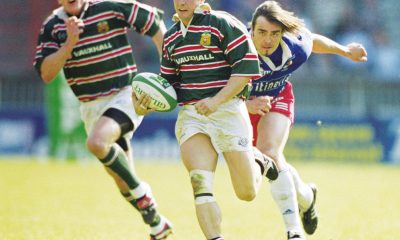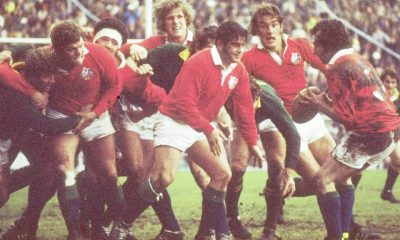 Lewis Jones was playing cricket in Plymouth one Saturday afternoon long ago when he took the first step towards joining the original Welsh monopoly of the Lions. “I was fielding in the covers when this lad came running out to say I was wanted on the phone,” he said of a message so momentous that his life would never be the same again.
Lewis Jones was playing cricket in Plymouth one Saturday afternoon long ago when he took the first step towards joining the original Welsh monopoly of the Lions. “I was fielding in the covers when this lad came running out to say I was wanted on the phone,” he said of a message so momentous that his life would never be the same again.
The news transformed Jones from a humble Royal Navy rating into a prototype rugby superstar.
“It was Mr Haigh-Smith, a famous Barbarian and one of the top officials of the time,” Jones said. “He asked if I’d like to join the Lions in New Zealand. I’d never been in a plane before and here I was going to places I’d never heard of.”
Summoned at no notice to replace the injured Ireland full-back George Norton, Jones asked permission to finish his cricket match for the United Services which he duly did by making 60. And then, with a whip-round from friends at Gorseinon Rugby Club, he made history as the first Lion to take an airborne route across the Equator.
By the end of the trip, he’d contributed to a bit more history as one of a record ten Welsh players chosen for a Lions Test, against Australia in Brisbane in August 1950. Until yesterday in Sydney, they’d never gone into a Test as mob-handed with Welsh players on quite such a scale.
The Lions won 19-6 and in scoring all but three of their points, Jones set a new benchmark for the most by a single player in a Lions Test. Had Leigh Halfpenny not under-clubbed at the end of the second Test, one Gorseinon Lions full-back would have emulated another, a week before he did so in record-breaking fashion with 21 points yesterday.
No single country had ever made a double-figure contribution to a Lions’ Test XV until Wales did it during the first post-war tour. The figure had never been equalled until head coach Ian McGeechan chose 11 England players for the second and third Tests in New Zealand 20 years ago.
Of the original ten, sadly only Jones is still alive. As gigantic figures of their time, they are all worth recalling:
Lewis Jones (full-back)
Born: Gorseinon, April 11, 1931.
Capped by Wales at 18, a Test Lion at 19, he’d switched codes by 21, joining Leeds in 1952 for a then record fee of £6,000. A living legend.
Jack Matthews (centre – Cardiff).
Born: Bridgend, April 21, 1920. Died: July 18, 2012.
The legendary ‘Dr Jack,’ famous for many reasons, not least that he boxed a draw on a wartime amateur bill at RAF St. Athan against a young American marine called Rocky Marciano.
Bleddyn Williams (centre – Cardiff).
Born: Taff’s Well, February 22, 1923. Died: July 6, 2009.
The prince of centres, one that no amount of Rugby League money could buy. Leeds sent their manager, a certain Edward Waring, to Cardiff armed with a large chequebook on the basis that every man had his price. He didn’t.
Malcolm Thomas (centre-wing – Newport)
Born: Machen, April 25, 1929. Died: April 9, 2012.
Toured New Zealand twice as a Lion, in 1950 and again nine years later when he set a record for the most points in a single match, 25 against Hawke’s Bay.
Rex Willis (scrum-half – Cardiff)
Born: Ystrad, October 25, 1924. Died: January 19, 2000.
Played 23 Tests during the first half of the Fifties, 21 for Wales, two for the Lions. Partnered Cliff Morgan for club and country.
John Robins (prop – Birkenhead Park)
Born: Cardiff, May 17, 1926. Died: February 21, 2007.
One of the last of the goalkicking props, he played for a whole host of clubs. Returned to New Zealand in 1966 in a different guise, as assistant manager and coach.
Dai Davies (hooker – Somerset Police)
Born: Penygraig, May 2, 1925. Died: September 25, 2003.
Ex-coalminer who went as the No. 2 hooker behind the captain, Karl Mullen, but still succeeded in forcing his way into the Test team.
Rees Stephens (Lock – Neath)
Born: Neath, April 16, 1922. Died: February 4, 1998.
Colossal figure of the immediate post-war era who would have won considerably more than his 32 caps but for the Second World War. After retirement, he served for many years as a selector, one of the Big Five.
Roy John (lock – Neath)
Born: Neath, December 3, 1925. Died: September 30, 1981.
A double Grand Slammer (1950, 1952), he was one of the supreme lineout specialists of his day – at a mere 6ft 2in and marginally less than 14 st. One of Neath’s all-time greats.
Bob Evans (back row – Newport)
Born: Rhymney, February 16, 1921. Died: April 14, 2003.
Played in all six Tests on the 1950 Lions tour, he was another who found his career truncated by World War II. A lifelong Newport stalwart and career police officer who rose to the rank of detective chief superintendent.

1 Comment
You must be logged in to post a comment Login
Leave a Reply
Cancel reply
Leave a Reply
You must be logged in to post a comment.



























Pingback: important site